Crafting a great landing page - key elements and best practices
Creating a high-converting product landing page is a critical part of your digital marketing strategy. A well-designed landing page not only captures attention but also guides visitors toward taking a specific action, like signing up for a trial or making a purchase. But what makes a great landing page?
In this article, we’ll explore the elements of a great landing page, discuss what makes a good landing page, and dive into the key components of a landing page that drive conversions.
What are the key components of a landing page?
Before diving into the specifics, it’s essential to understand the landing page structure that sets the foundation for success. A product landing page should be clear, visually engaging, and strategically designed to guide the user’s journey from interest to action. Here are the key components of a landing page that every high-performing page should include:
1. Compelling headline and subheadline
The headline is the first element visitors see, and it plays a pivotal role in keeping them on the page. A compelling headline should clearly convey the value proposition of the product in just a few words. It must be attention-grabbing, concise, and directly aligned with what brought the visitor to your page in the first place.
For example, a landing page for a project management tool might have a headline like, “Simplify Your Workflow and Boost Productivity.” The subheadline can then expand on this message, adding detail or addressing a specific pain point: “Manage tasks, collaborate with your team, and meet deadlines with ease.”
2. Strong visuals and engaging media
Visual elements are crucial for a great landing page. High-quality images, videos, and graphics help illustrate the product’s value and keep visitors engaged. For physical products, use professional photos or 360-degree views. For software products, a demo video showing how the tool works can be highly effective.
Visuals should not just be attractive but also functional. They should highlight key features and benefits, guide the user’s eye toward the call-to-action (CTA), and reinforce the messaging of the page.
3. Clear and concise product descriptions
One of the key landing page elements is the product description. This section should clearly communicate what the product does, how it solves the customer’s problem, and why it’s worth buying. Focus on benefits rather than just features. Instead of saying, “Our software has automated reporting,” emphasize the benefit: “Save hours each week with automated reports that provide actionable insights at your fingertips.”
4. Benefit-focused Call-to-Action (CTA)
The CTA is arguably the most important part of your landing page structure. It’s the button or link that tells the user what to do next - whether it’s “Buy Now,” “Sign Up for Free,” or “Download Your Free Guide.” A strong CTA should be clear, compelling, and stand out visually from the rest of the page.
Position your CTA above the fold, but also consider placing additional CTA buttons throughout the page, especially on longer pages. Test different CTA texts to see what resonates most with your audience.
5. Social proof and trust signals
When considering what makes a good landing page, trust-building elements like testimonials, reviews, and logos of well-known clients can make a big difference. Social proof reassures potential buyers that your product is reliable and valued by others. Featuring customer quotes, user ratings, or media mentions adds credibility and helps visitors feel confident in making a purchase decision.
For instance, including a testimonial section that showcases how your product has helped other users can be very effective: “Thanks to [Product Name], our team has increased productivity by 30% in just three months.”
6. Optimized forms with minimal fields
If your goal is lead generation, your form should be as simple and frictionless as possible. Asking for too much information can deter users from completing the form. Stick to the essentials - usually just a name and email address. If you need more information, consider breaking it up into stages or adding it later in the customer journey.
7. Fast load speed and mobile responsiveness
A slow-loading page can cause visitors to bounce before they even see your content. Optimize your images, reduce unnecessary scripts, and ensure that your page loads quickly. Additionally, with more users accessing websites from mobile devices, your landing page must be fully responsive and provide a seamless experience across all screen sizes.
Landing page examples for products
To put these best practices into context, here are some landing page examples for products that excel in implementing these key components:
- Apple’s iPhone page. Apple’s product landing pages are known for their clean design, compelling headlines, and stunning visuals. The iPhone page, for example, uses high-quality images and clear CTAs like “Buy Now” and “Learn More,” guiding users through a smooth buying process.
- Asana. Asana’s landing page for its project management tool does a great job of explaining the benefits of the product through clear headlines, concise descriptions, and engaging demo videos. The page also includes social proof in the form of logos from well-known companies that use the software.
- Peloton. Peloton’s landing page for its bike product uses a mix of engaging visuals, benefit-driven copy, and strong social proof with customer testimonials and videos showing real people using the bike. The CTA, “Shop Now,” is prominently displayed throughout the page, making it easy for visitors to take action.
Get into gear
Creating a high-converting product landing page requires attention to the right elements and careful consideration of your target audience’s needs. By focusing on the key components of a landing page - compelling headlines, strong visuals, benefit-driven copy, clear CTAs, social proof, and fast loading speeds - you can craft a great landing page that effectively drives conversions.
Remember, what makes a great landing page is not just about looking good; it’s about creating a seamless, persuasive experience that guides visitors toward taking the desired action. Use these tips and examples to optimize your landing page structure and turn more visitors into loyal customers.
-
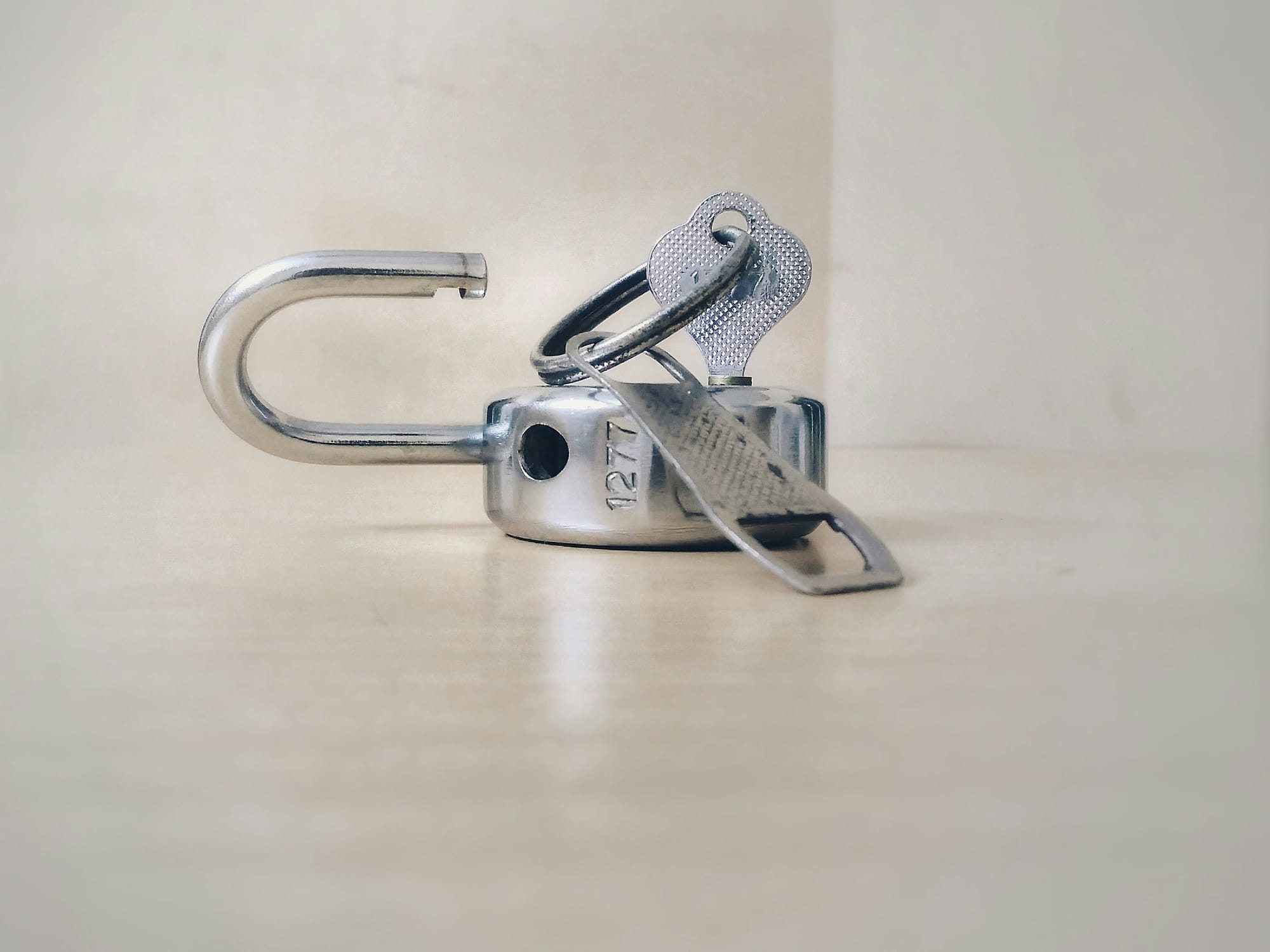
Unlock the benefits of website personalization
-

E-commerce conversion best practices
-
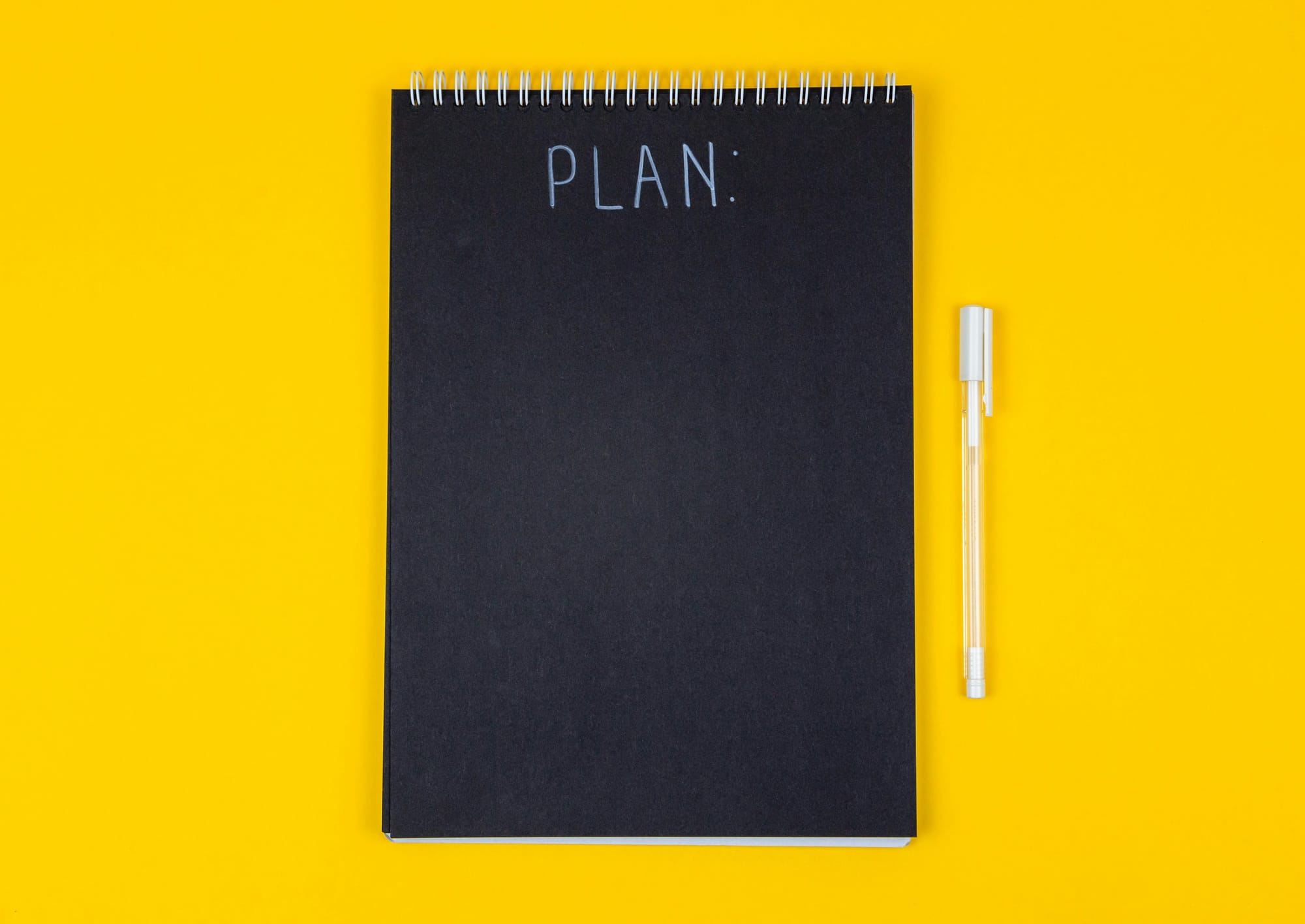
Your ultimate Conversion Rate Optimization checklist
-
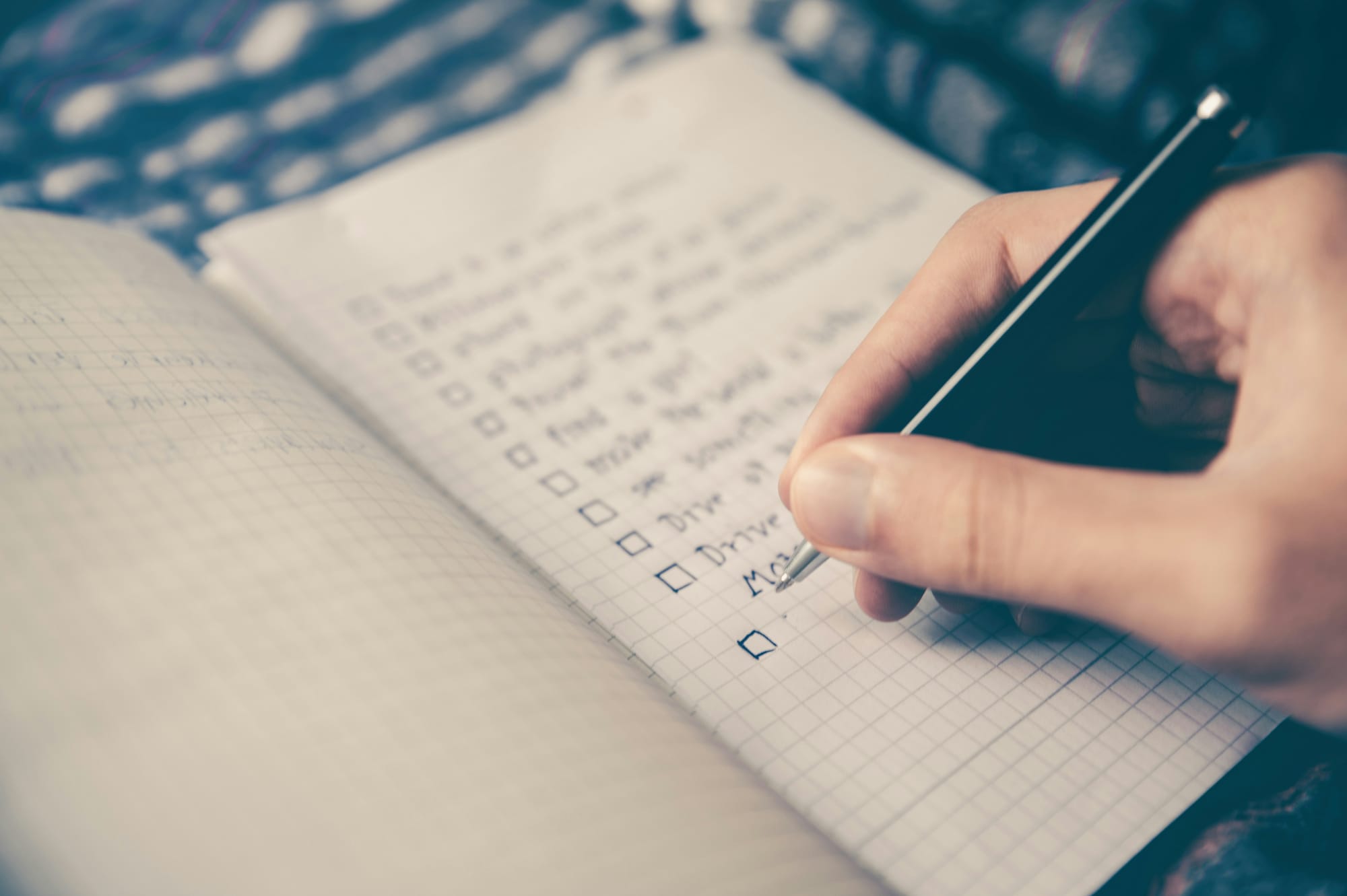
How to: complete a Conversion Rate Optimization audit
-
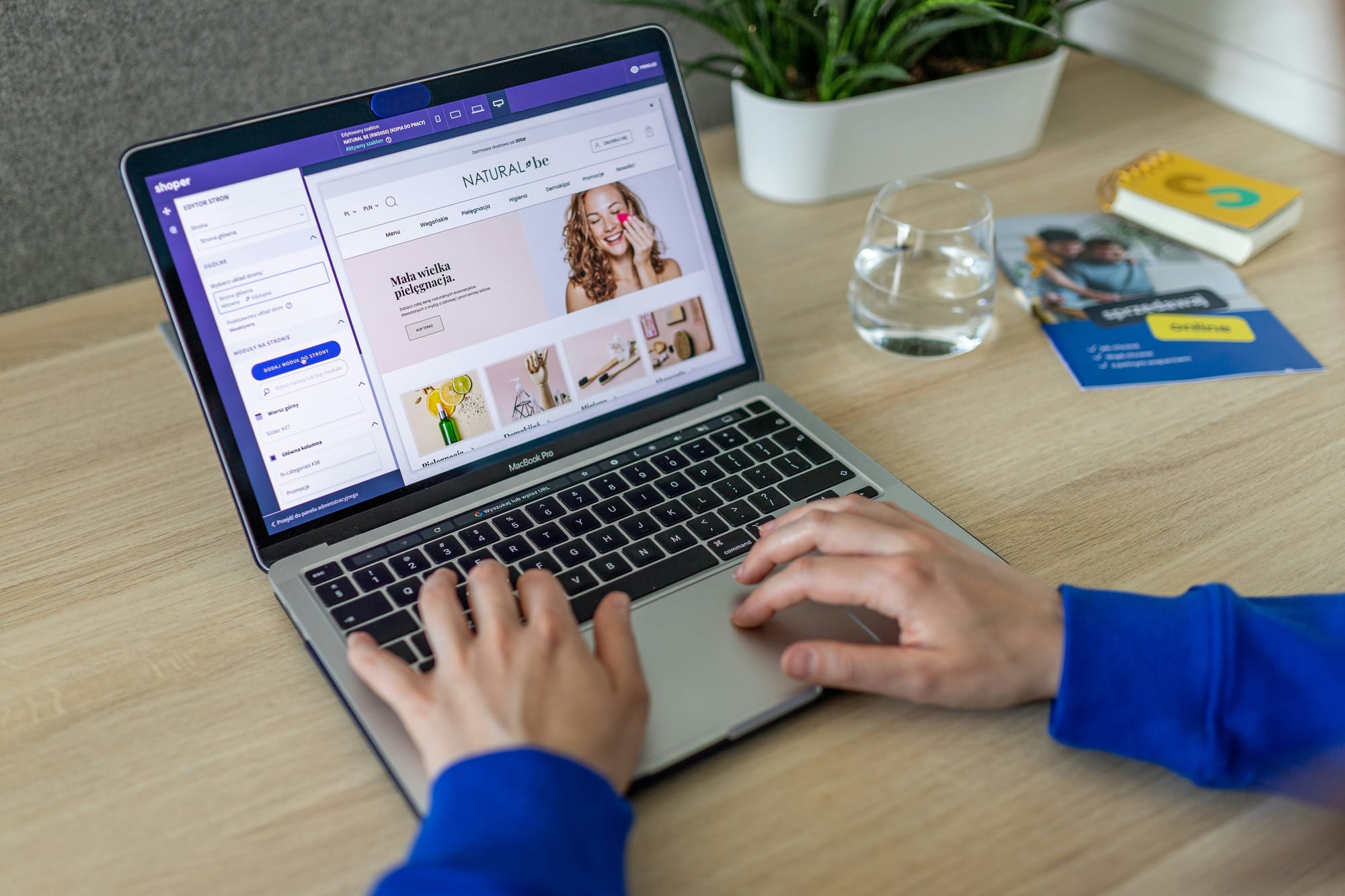
An easy guide to ecommerce website optimization
-
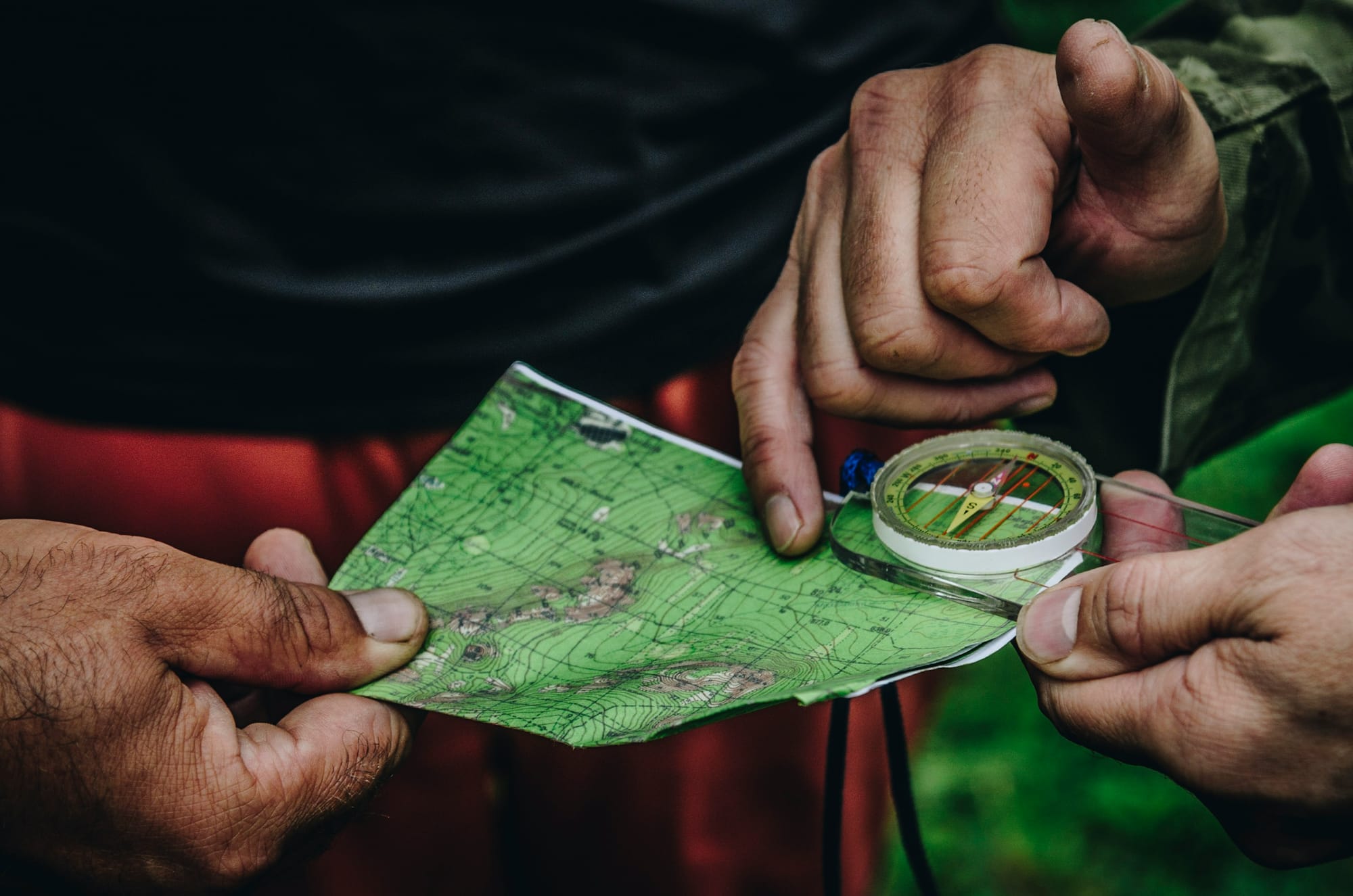
Your guide to Conversion Rate Optimization best practices
-

Landing page optimization - maximizing your conversions
-

Website performance optimization techniques to boost your online business
-

Benefits of website personalization for online businesses
-
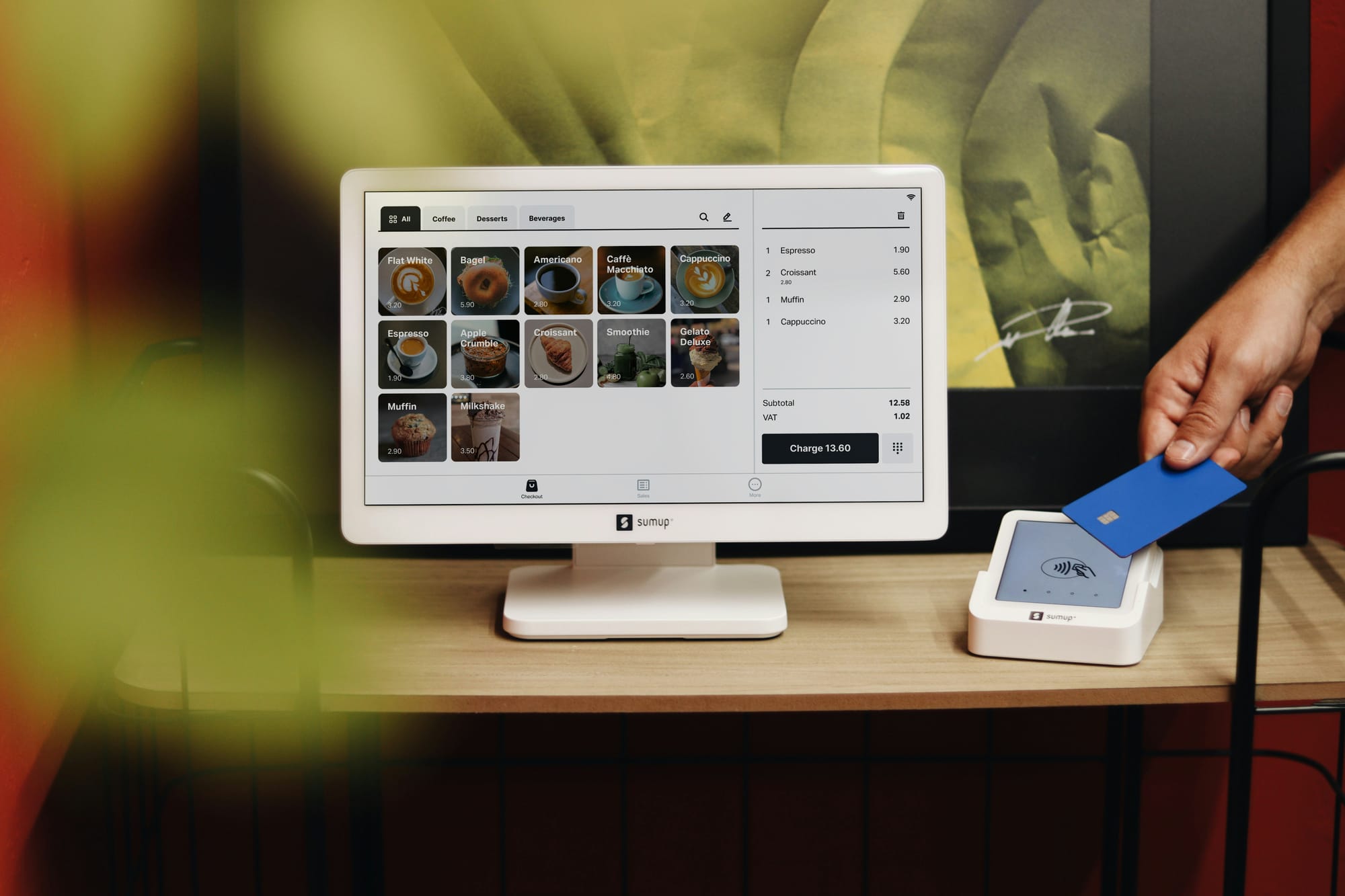
How to improve your ecommerce checkout conversion

